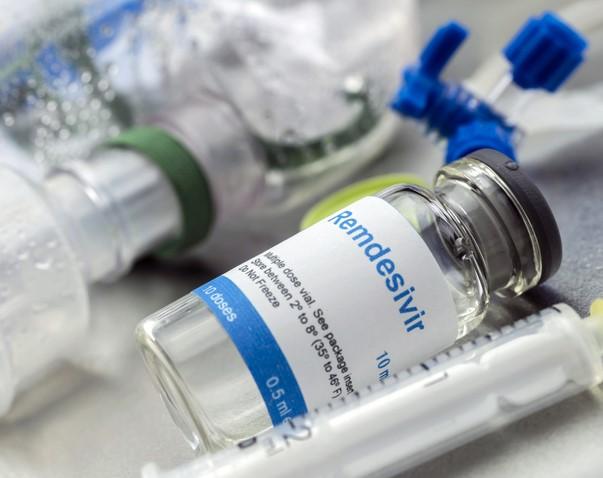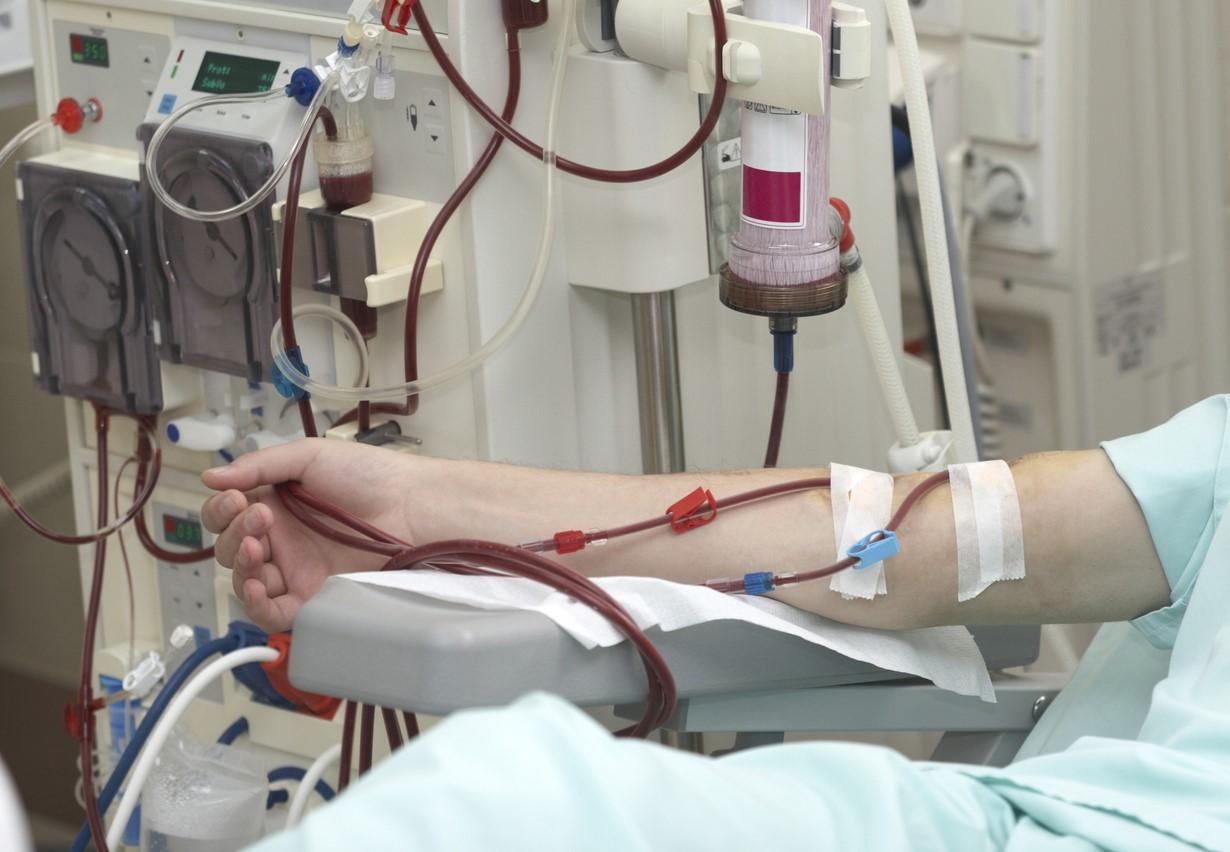A New York company has recalled its soft-serve ice cream cups distributed to 20 states following reports of two Listeria monocytogenes infections in two different states and findings in a product sample, according to a notice yesterday from the Food and Drug Administration (FDA).
Real Kosher Ice Cream, based in Brooklyn, said the Soft Serve on the Go ice cream and sorbet cups were sold at canteens and grocery and convenience stores. They are packaged in 8-ounce cups with a clear plastic cover with a seal and an attached spoon. All six flavors are subject to the recall.

The infections involve patients from New York and Pennsylvania. No deaths were reported. Testing of product samples by the Pennsylvania Department of Agriculture found that that one was positive for Listeria. The company said it has stopped production and distribution of the ice cream.
Listeriosis can be serious or fatal in some groups, such as children, older people, and those with weakened immune systems. Infections in pregnant women can lead to miscarriages and stillbirths. Ice cream has been linked to Listeria outbreaks before. In 2022, an outbreak tied to Big Olaf Creamery, based in Florida, resulted in at least 27 infections, 1 of them fatal.















